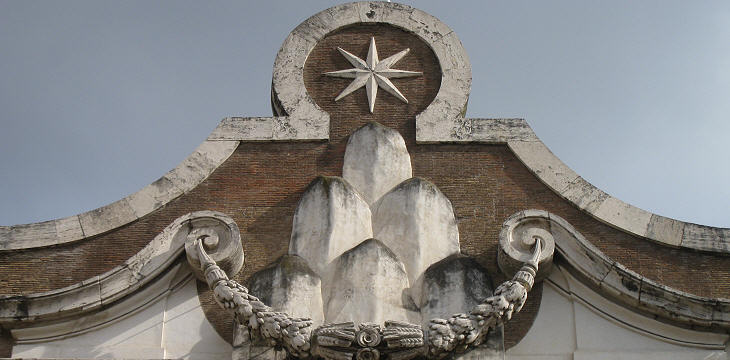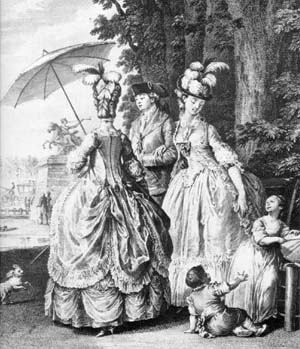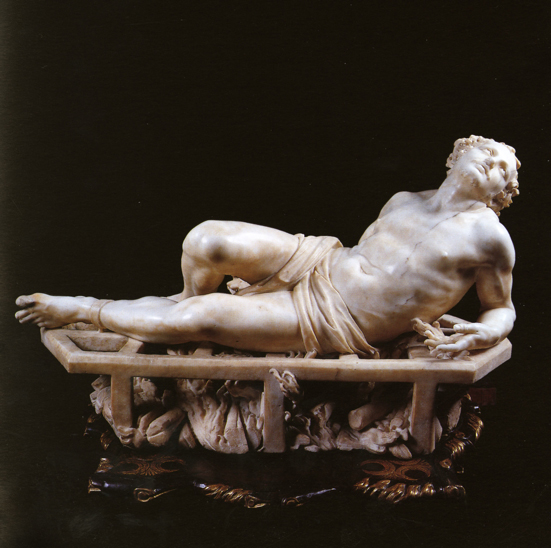Santa Maria della Pace
Location: Rome, Italy
Built: 1482
Renovated: 1656 by Cortona
Original Commission: Pope Sixtus IV
Renovation Commission: Pope Alexander VII
The facade of the structure was redesigned by Pietro da Cortona by Pope Alexander VII. It emulates typical Baroque style with "wings" spanning on either side of the entrance reminiscent of Roman architecture. The effect is that of an amphitheater. From quick observation, you will notice the porch on the ground level surrounded by Doric columns.
The inscription above the porch on the architrave reads, "Suscipiant Montes Pacem Populo et Colles Iustitiam" or "The mountains shall bring peace to the people; and the hills, justice." This inscriptions alludes to the Chigi family crest which contains mountains and an eight pointed star. Alexander VII was a part of this family. Other elements on the facade of the church that pay homage to this family are two mountain shaped statues that flank both sides of the broken pediment on the roof.
The plan of Santa Maria della Pace the cloister is aligned with one of the angles of the octagonal space and forms a square surrounded by a vaulted arcade. The nave is fairly narrow and the sanctuary small. The church was dedicated to the Virgin Mary after a miracle of the bleeding Madonna happened there. A painting of the Blessed Virgin and the Divine Child hangs over the high altar. An interesting fact of why it was popular at the time was because it was the only church that offered Mass in the afternoons.
Source:
http://arts.muohio.edu/faculty/benson/Bramante/bramanteinrome.html
http://en.wikipedia.org/wiki/Santa_Maria_della_Pace














-3-2.jpg/220px-Weltliche_Schatzkammer_Wien_(180)-3-2.jpg)













